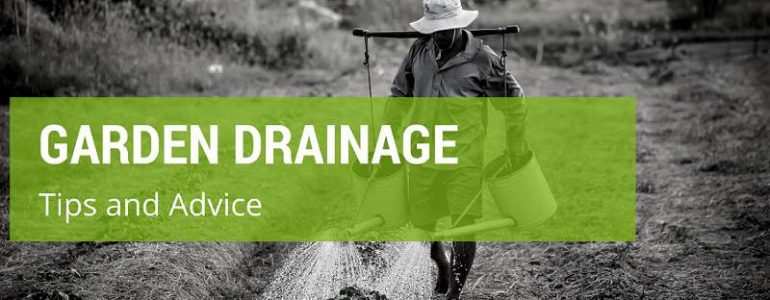Good drainage is a must for successful allotment or garden maintenance and care. Good management of water as a natural resource can save you money and support the proper care of your flower and vegetable gardens, your lawn and your landscaping.
To have a successful garden, you must implement wise garden drainage techniques that allow you to make the most of the natural processes affecting the soil. These are:
- Rainfall – Precipitation of any kind including rain, snow and sleet.
- Surface water – Standing water as in streams, ponds, pools, ditches and low spots.
- Ground water – Water existing in underground reservoirs such as wells, aquifers and the like.
- Sun exposure – The amount of sun an area receives strongly affects evaporation rate and water retention.
- Organic matter in the soil – Composting material in the soil such as leaves, fallen fruit, garden trimmings, etc., which work to fortify the soil and lighten it to permit air to reach roots and support plant life.
Harnessing these natural elements involves understanding the hydrologic cycle (the way in which water is delivered to and used by the soil); the relationship between soil, water and plants and the importance of properly amending and grading your garden to attain optimum water use and drainage.
In this article, I will review and discuss these topics and provide some tips to help you establish optimum garden drainage. Read on to learn more.
What is the Hydrologic Cycle?
This term is used to describe the series of conditions involved in the transformation of water from a vapor, free-floating in the atmosphere to rain, sleet or snow that is delivered to the earth, where it subsequently evaporates and returns to the atmosphere.
The important relationship of sunlight, soil, water & plants
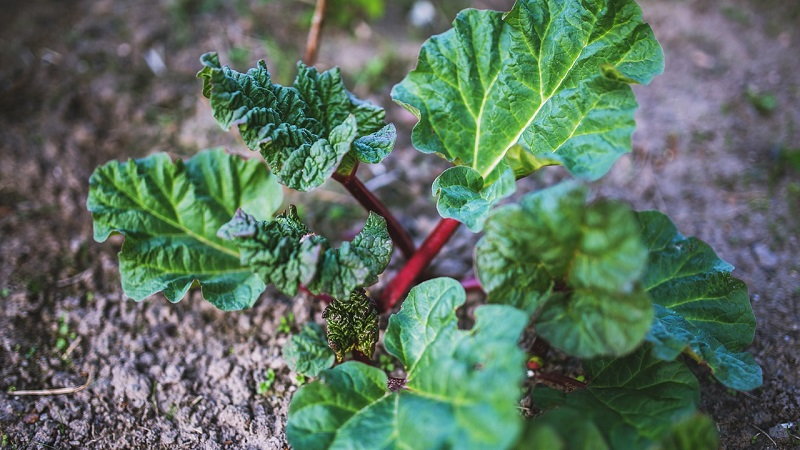
Plants need sunlight, water, oxygen and proper nutrients to survive. In order to get the correct balance of these vital elements, plants must have the right amount of sunshine and water to facilitate both the plants’ hydration and intake of nutrients and correct evaporation to remove some excess water and to humidify the air surrounding the plants.
Well-draining soil that has been properly amended with organic matter is key to this process as light, well-aerated soil allows oxygen to access the roots and invigorate the plant. A good balance of sunlight, water, oxygen and nutrients sets plants up to establish strong, healthy root systems and absorb nutrition efficiently to grow vigorously.
Ideal soil contains nutrition and beneficial bacteria. It is of a proper structure and texture to allow plants to develop strong roots to anchor themselves and make the most of the positive attributes of the soil. Good garden soil is able to hold moisture near the roots yet drains efficiently to prevent water-logging.
What kind of soil do you have?
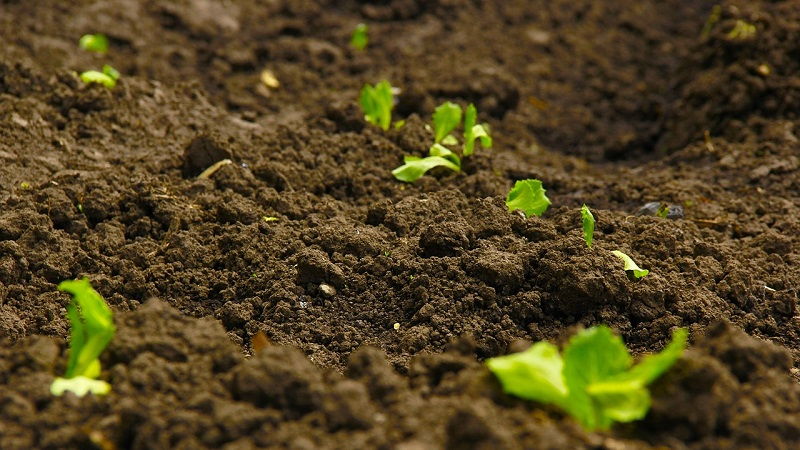
Even if you live in an area that is said to have very good soil, the soil around your home may be lacking due to a number of circumstances.
For example, new homes often sit on lots that have no topsoil because it has all been scraped away to facilitate the building process. Other factors such as grading and the use of heavy equipment can compact the soil and ruin its capacity to support life. This is why it is so important to amend your soil with organic compost in preparation for growing plants, grass and trees.
When you evaluate your soil and determine how you will amend it, you should also evaluate the lay of the land. Understanding the quality of your soil and the way drainage may occur in your landscape can help you make plans for the most efficient and effective drainage and use of water.
Look for these four conditions as you determine your course of action:
1. If your site is level and well-drained, you will find that the soil does not hold moisture for long following precipitation. Furthermore, if you have excessive amounts of precipitation, you may have problems with standing water on a level site, even if the soil is light and airy. Over time, your soil will become compacted if you do not care for it by consistently adding organic compost.
Mulching heavily with chopped leaves can provide a good solution for both retention of water and the need to add organic matter to amend and lighten the soil.
2. If your site is level and your soil is compacted, you will have a lot of trouble with standing water after heavy rainfall. This is because compacted soil cannot soak up water. In this case, even when there is water standing on the ground, your plants will not be able to absorb the nutrients they need. Instead, they will become water-logged and root rot will set in.
In this case, you will need to till finished organic compost into the existing soil to break it up, amend and lighten it. Follow this up with heavy, consistent mulching with chopped leaves.
Read also: How to Choose a Garden Hose: Reviews and Buying Guide
3. If your site is sloping and your soil is well-draining, it may not be able to retain enough moisture for your plants to thrive. Furthermore, a sloping site may lose topsoil to erosion.
In this case, you will need to change the lay of the land so that it will retain water and topsoil.
4. If your site slopes and your soil is hard and compacted, desirable plants will be very unlikely to survive. Water will simply run off, so the roots will not get the water, oxygen or nutrients necessary to life.
In this case, you will need to change the lay of the land, till finished organic compost into the soil and add mulch.
The key concepts to keep in mind in all scenarios are:
- Moisture retention
- Soil permeability
- Nutrient value of the soil
You must also look at the amount of sun exposure your site receives in all cases. Too much sun will cause excessive evaporation. Too little sun will cause excessive water retention.
You must plan shading or pruning as needed to be certain your garden plot gets the right amount of sunshine every day to nourish your plants and help establish the right balance of hydration in the soil.
How to recognise your soil conditions
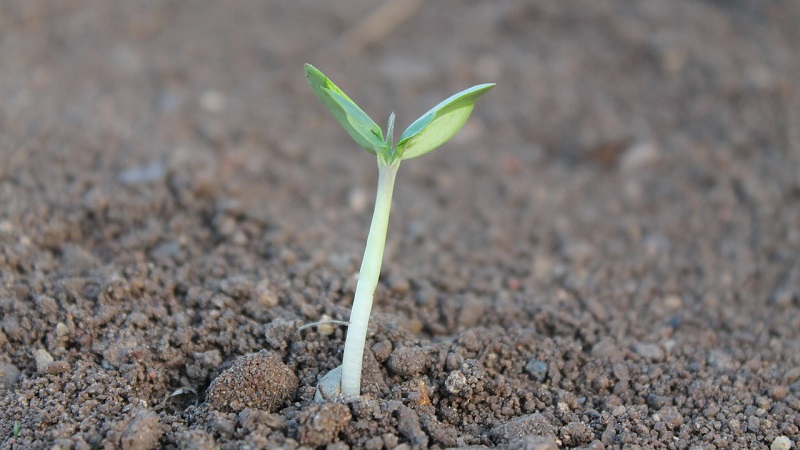
Generally speaking, there are five types of soil you are likely to encounter:
1. Free draining: Deflects excess moisture and retains enough for successful plant growth.
2. Excess draining: Gravel or sand has large spaces between particles and cannot retain moisture.
3. Imperfect draining: Loses excessive water in some spots and retains water in others for extended periods of time.
4. Poor draining: This term can apply both to soil that retains precipitation over long periods and to areas where a high water table causes water to stand during the cooler months of the year.
5. Very poor draining: Can be found in areas where a flat or concave soil surface, compacted soil, limited sunlight and/or a high water table conspire to create continuous swampy conditions.
How can you evaluate your soil?
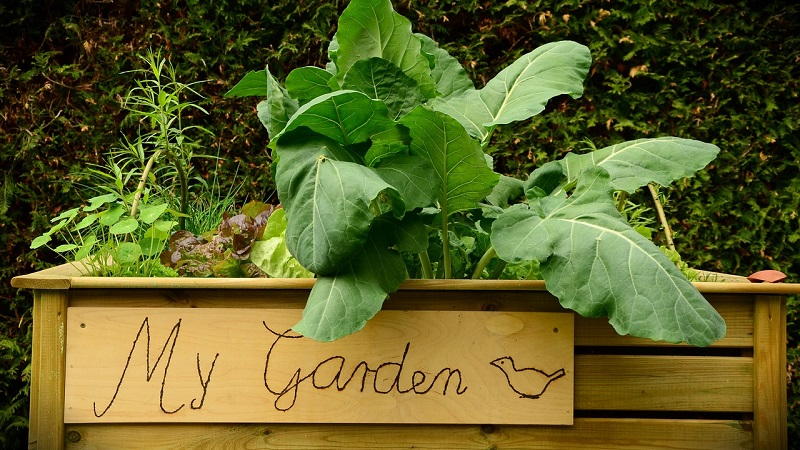
The upper layers of soil are most important to the average gardener. You want to be sure that the soil your plants live in is well-draining yet able to obtain the right amount of moisture to sustain life successfully. In order to have these qualities it must be permeable.
You can determine the permeability of the soil by following these simple steps:
- Pour a couple of litres of water over a small area.
- Give it a few minutes to soak in.
- Dig to find out how deeply the water was absorbed.
If water stands on the surface or does not soak in deeply, you know you need to amend your soil so that it can make the most efficient use of available water.
While you are digging, you should also take note of the depth of usable soil. If you hit very hard, compacted soil or rock right away, you know that your soil is not deep enough to retain water efficiently. Again, soil amendment is called for, or raised-bed gardening may be your best solution.
Conversely, if your top layer of soil consists mostly of silt or sand, you know that you will have a problem with erosion due to both excessive water runoff and wind. Plants cannot establish good root systems in loose, unstable soil.
You will need to amend the soil, and you may wish to plant ground-cover plants with sturdy root systems to help hold the soil in place. Some types of plants (e.g. clover) also improve the soil as they grow. At the end of the growing season, they can be tilled under to further feed and amend poor, silty or sandy soil.
6 simple fixes
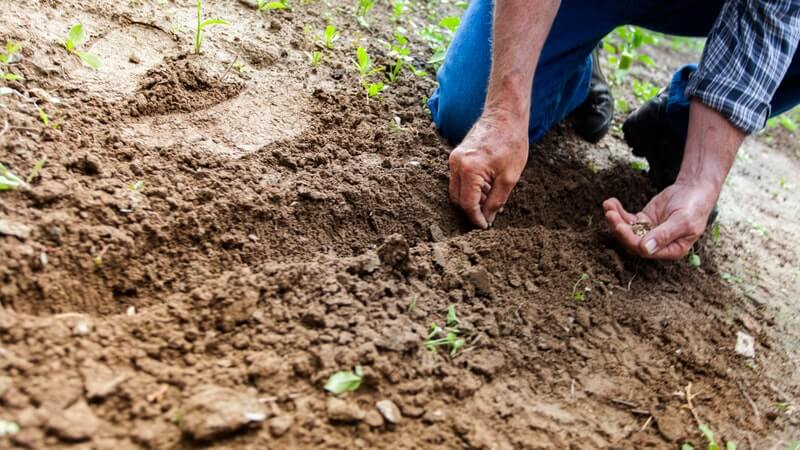
Keep in mind that there can be very simple reasons for poor garden drainage that have little or nothing to do with the condition of your soil, or even if soil condition is a factor a single step may solve your problem. Here are six smart ideas that can make a big difference.
1. Circumvent
If you have problems with very hard, compacted soil or a lack of topsoil, you may wish to simply establish a raised garden bed and fill it with the rich, organic garden soil of your choosing. This can be a very simple way to take absolute control over the complete quality of your garden soil.
2. Divert
The location of your garden may affect drainage. If your garden is right next to your house, you may have trouble with standing water due to excessive runoff from the roof. I this case, install gutters and use an extended downspout to reroute the water. Better still, use a rain barrel to capture the water for later use.
3. Accept
If you have a low, swampy spot in your garden or allotment, you can go with the flow and simply plant water loving plants. You may even decide to dig a pond.
4. Drain
Installing a drain may be a good way to reroute standing water to areas that need it. To do this, you would need to dig a trench that slopes toward an area where you want the water.
At the source of the water, install a catch basin. Connect this to PVC drainpipe which will run along your trench to carry the water to its new and preferable location. This can be a good way to deliver water to a garden spot or patch of lawn.
5. Disperse
A French drain is another type of drain that does a good job of rerouting and making good use of water. To install this type of drainage system, you would dig a large trench, line it with gravel, add perforated PVC pipe and then cover it with gravel. This type of system diverts water and disperses it evenly along the length of the ditch.
6. Reroute, capture & repurpose
A dry well is a good way to temporarily capture runoff water and disperse it deeply and evenly in a given area. To create this type of water dispersal system, you would bury a specially prepared, perforated barrel in an area that you wish to hydrate regularly.
Water could be delivered to the dry well via a French drain or PVC drainpipe routed from a low area where you have problems with standing water. When properly installed, the dry well should disperse this water gradually and deeply.
Bigger fixes
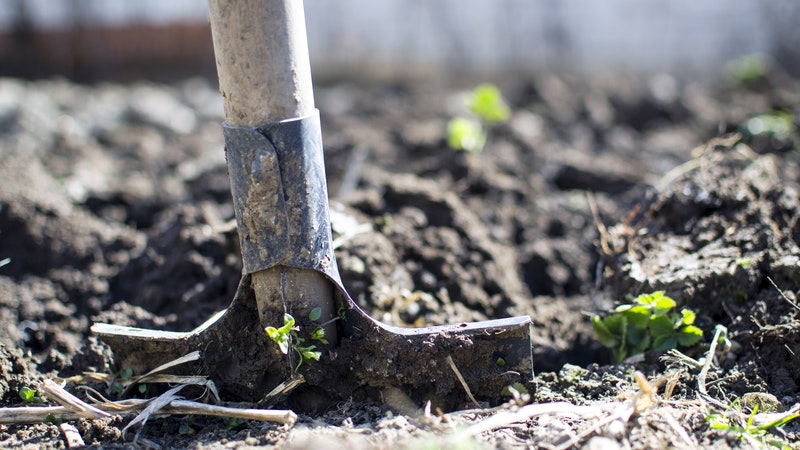
If none of these simple fixes will do, or if your problem is just too large to deal with in one step, you will need to create a whole-garden plan of attack. Begin by drawing a map of your property to help you study your problem. Walk the property and determine high and low lying areas. Note them on your map.
Having an accurate picture to study will help you create an effective garden drainage plan. When you see it all laid out before you, it will be easier to determine exactly what might work to alter the ways in which water runs and stands on your property.
Here are three ideas that may be helpful in implementing effective changes:
1. Adapt & amend
As mentioned at the outset, you can change the lay of the land to provide more or less slope by tilling, creating a stair-step effect or otherwise simply altering the pattern of natural drainage from your garden site.
2. Dig a ditch or creek bed
When you have studied your map, you are sure to see a pattern in the way water moves through your allotment or garden. If you have problems with standing water, you may be able to divert it simply by digging a ditch that forces it to run into the street or storm drain.
You can make your ditch into an attractive landscaping feature by turning it into a mostly dry creek bed. Add attractive rocks, gravel and plants to bring interest and curb appeal to your property.
3. Create an eco-friendly rain garden
As mentioned, you may simply wish to go with the flow. Research native, lowland plants that do well in your area and simply create a low, damp space in your garden or allotment where they can thrive.
This sort of space attracts positive fauna (e.g. birds, dragonflies, butterflies, frogs, toads and the like) to your garden and helps improve the condition of the surrounding soil.
The deep, fibrous root system created by water-loving native plants helps stabilise the soil and filters out environmental toxins before passing the moisture on to surrounding areas of your yard.
Begin with good garden drainage
If you have already experienced drainage problems in your garden, I hope that the information and tips presented here will help you get your situation under control.
If you are just starting out in a new allotment or garden, one of the best things you can do is simply wait a year to see how water flows and plants grow in the environment that you have.
With a year of observation under your belt and a wealth of information at your fingertips, you will be able to establish just the right conditions to create your own garden paradise.
